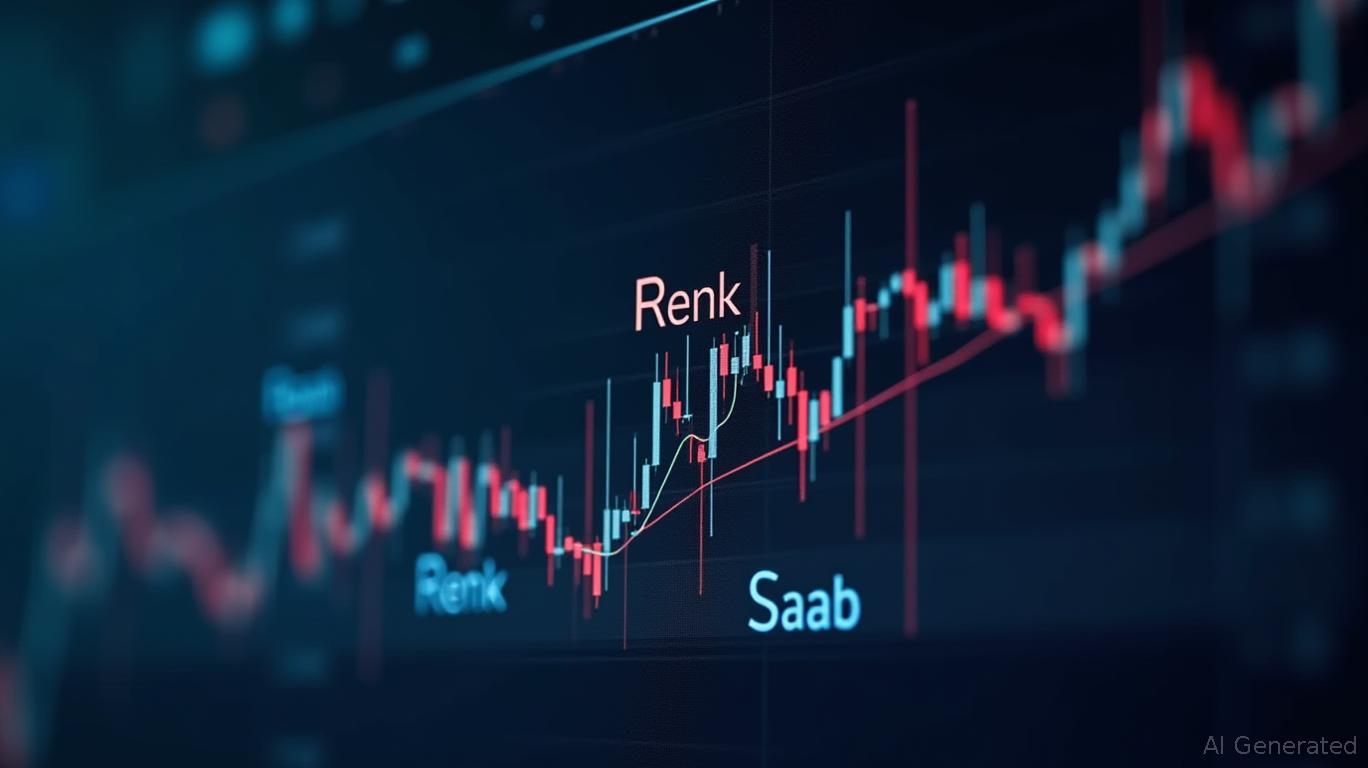West Point Gold’s High-Grade Drill Results Signal Transformational Potential at Gold Chain
West Point Gold Corporation has delivered a blockbuster update from its Gold Chain Project in Arizona, with recent drill results revealing robust high-grade gold intersections that could redefine the project’s resource potential. The company’s April 22, 2025 press release highlights assays from three reverse circulation drill holes (GC25-47, GC25-48, and GC25-49) that intersected grades as high as 39.1 g/t Au, positioning Gold Chain as a standout opportunity in the Walker Lane Trend. These results not only confirm the existence of a new high-grade zone but also suggest a structural framework capable of hosting significant gold mineralization at depth.

Breaking Down the Drill Results: A New High-Grade Zone Emerges
The standout performance comes from GC25-49, which returned 30.48 meters of 9.05 g/t Au within a broader interval of 62.49 meters grading 4.73 g/t Au. Notably, this hole included a 1.52-meter section of 39.1 g/t Au, a grade that ranks among the highest reported by the company to date. Similarly, GC25-47 intersected 33.52 meters of 5.46 g/t Au, while GC25-48 delivered 28.96 meters of 6.02 g/t Au. These intervals are part of a 100-meter-long high-grade corridor in the northeastern portion of the Tyro Main Zone, which is interpreted to plunge toward the Frisco Graben—a geological structure known to host large gold systems.
Crucially, the reported intersections are downhole widths, with true widths estimated at 60% of these figures. Even after adjusting for this, the grades remain highly compelling. For context, the global average gold grade for open-pit mining is typically around 1.5–2.0 g/t Au, making these results 3–5 times higher than average, which strongly supports potential open-pit or near-surface mining scenarios.
Geological Context: Structural Complexity and Depth Potential
The mineralization at Gold Chain is tied to steeply dipping quartz veins, breccias, and stockwork structures that coalesce at depth. Logging data from the holes reveals that veins and breccias are not isolated but form interconnected networks, a pattern consistent with large-scale gold systems. For instance:
- GC25-47 identified a 50-meter-wide vein package beneath historical workings.
- GC25-49 intersected a broad zone of quartz veinlets enveloping high-grade chalcedony-adularia-calcite veins.
This structural complexity suggests that gold mineralization could be persistent both laterally and vertically. The plunge toward the Frisco Graben further implies that the system may extend for kilometers, a hypothesis the company aims to test with deeper drilling.
Strategic Implications and Investment Thesis
Maiden Resource Estimate: The CEO, Quentin Mai, emphasized that these results will “substantially influence” the maiden resource estimate. With assays still pending for an additional 1,533 meters (7 holes), there is room for further upside. If the current trends hold, Gold Chain could emerge with a resource of high-grade ounces at a critical time for gold equities.
Cost Efficiency: The project’s location on patented ground reduces permitting risks and costs, a key advantage in today’s regulatory environment.
Walker Lane Trend Momentum: Gold Chain sits within the Walker Lane Trend, a prolific gold belt stretching from Nevada to California. Nearby projects like Nevada Gold Mines’ Cortez complex and Newmont’s Long Canyon have demonstrated the region’s capacity for world-class gold systems.
Drill Expansion Potential: The initial 5,000-meter program is expandable, and with high-grade zones now defined, investors can anticipate follow-up drilling targeting the Frisco Graben’s deeper structures.
Risks and Considerations
While the results are compelling, risks remain. The true widths and full extent of mineralization depend on pending assays and deeper drilling. Additionally, gold price volatility and funding requirements could impact timelines. However, the company’s focus on high-grade targets and cost-effective exploration mitigates some of these risks.
Conclusion: A Catalyst-Driven Opportunity
West Point Gold’s results at Gold Chain mark a pivotal moment for the company. The convergence of high-grade intersections, favorable geology, and strategic positioning in the Walker Lane Trend creates a high-reward, high-potential scenario. If the maiden resource estimate confirms the presence of a large, high-grade deposit, Gold Chain could leapfrog into the ranks of advanced-stage projects, attracting developer interest or strategic buyers.
With 100+ meters of high-grade strike defined and a geological framework pointing to deeper extensions, the project’s value could multiply as exploration progresses. Investors should watch closely for the pending assays and any updates on the Frisco Graben drill targets. For now, the numbers speak clearly: West Point Gold is on the cusp of unlocking a significant gold asset.
Final Note: The stock’s recent performance (see



_23f7f7eb1749627884277.png)






